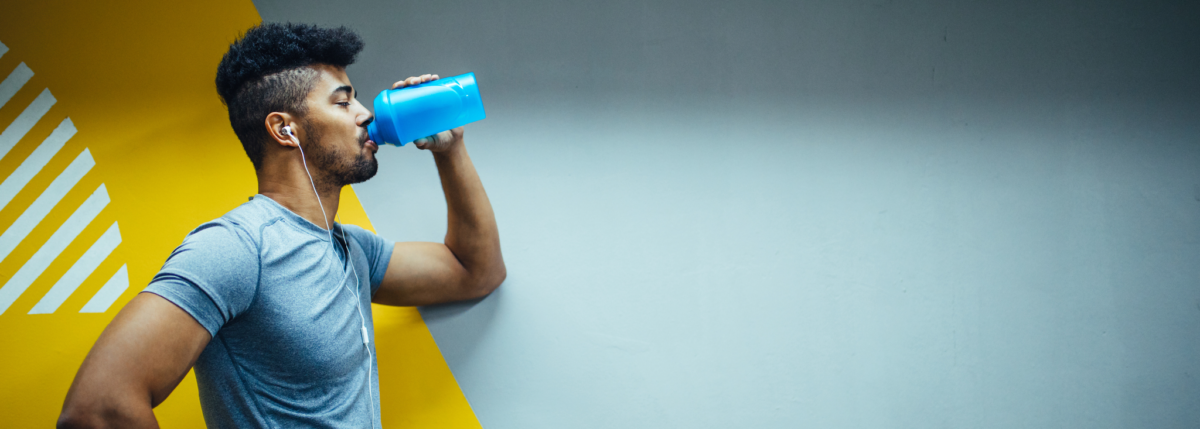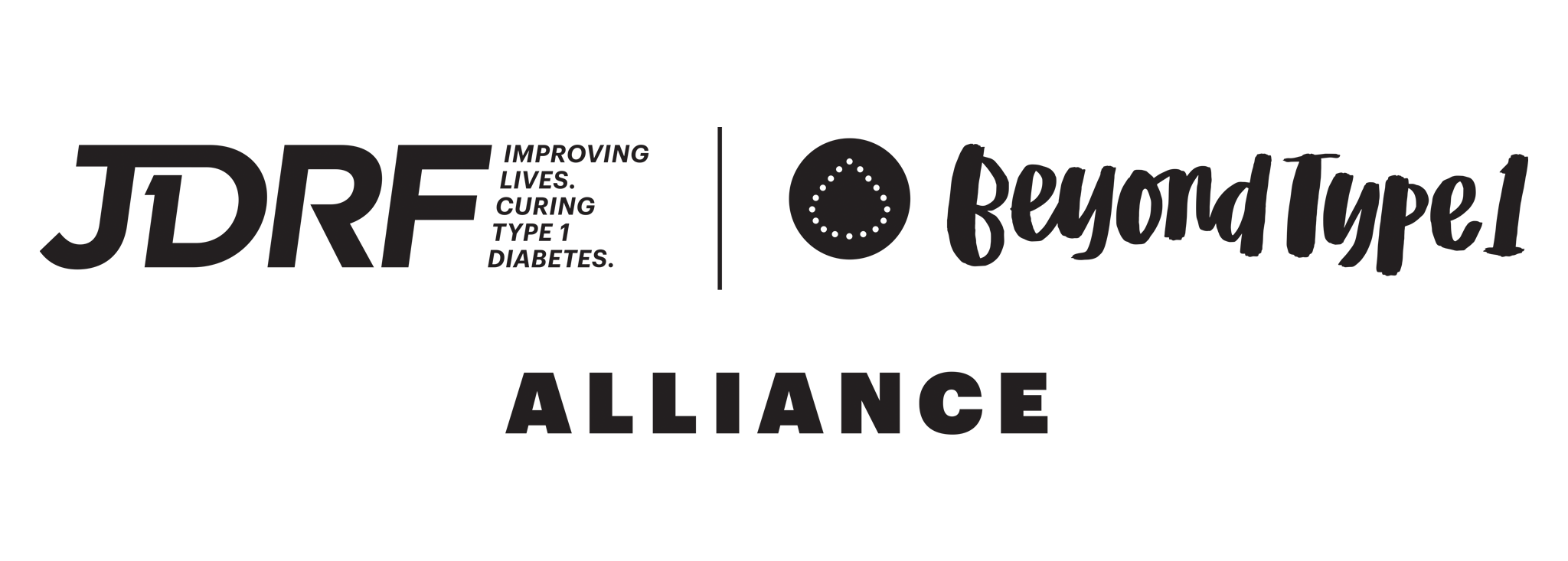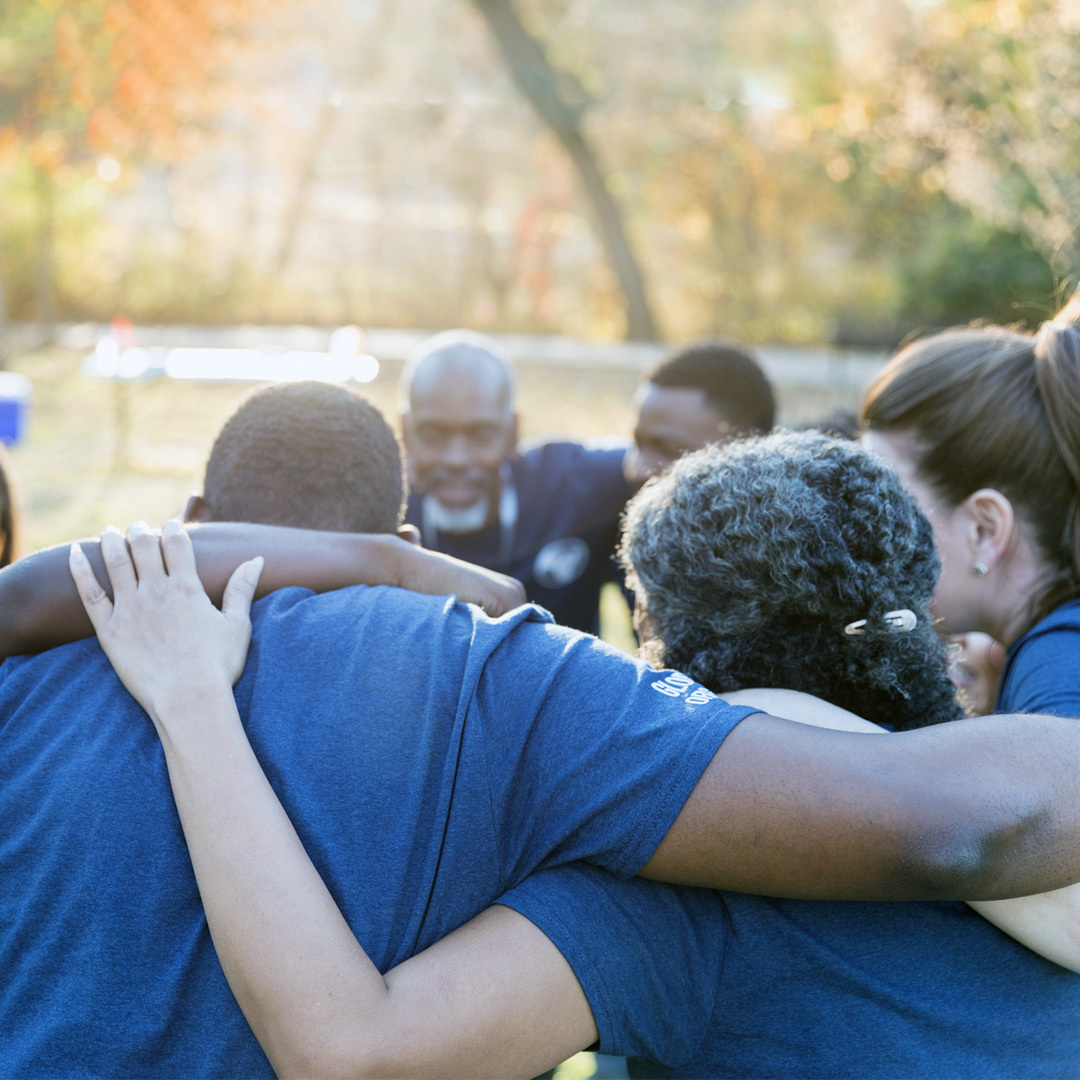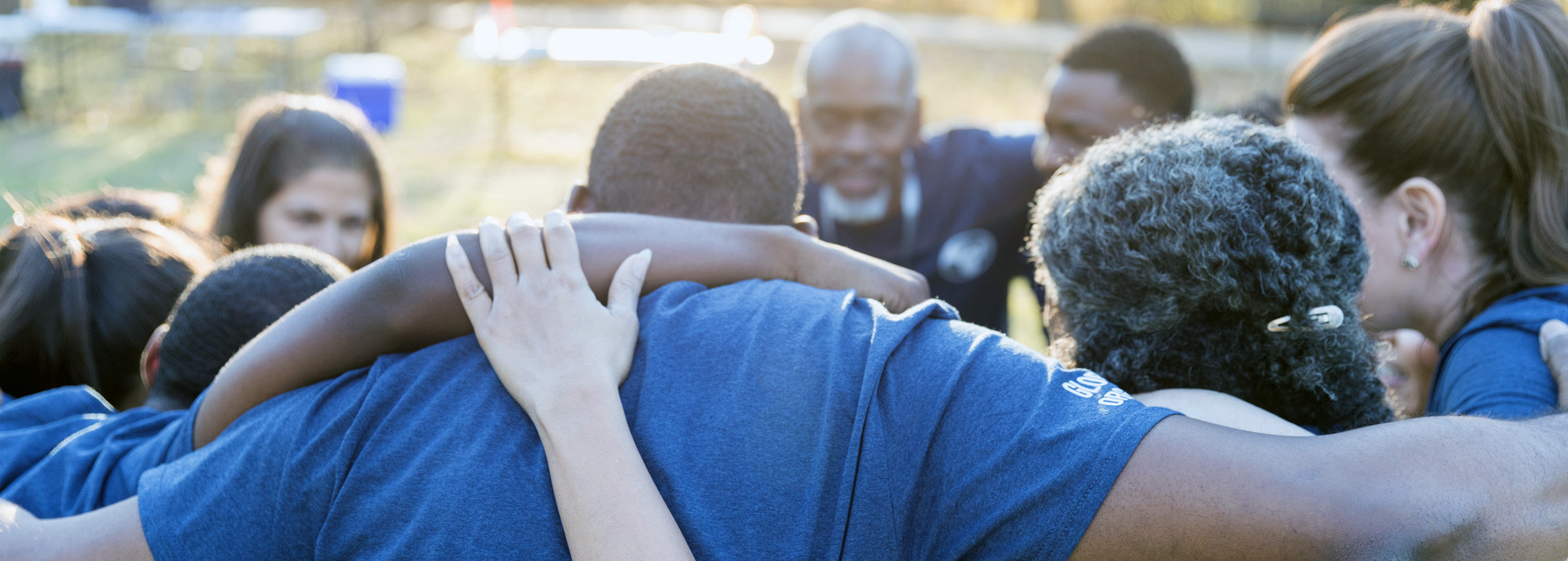Anticipate the Rise: How to Manage Exercise Induced Highs
Editor’s note: This content was originally produced by JDRF, shared here as part of the JDRF – Beyond Type 1 Alliance. You can find more valuable content about exercising with T1D in JDRF’s exercise guide.
Have you ever wondered why—with certain types of exercise—your blood sugar does not drop and sometimes even rises?
Science suggests that it may be related to the stress hormone, adrenaline, also known as epinephrine. Adrenaline is the hormone that gets produced when you push yourself or experience intense stress.
Whenever you’re doing something that requires quick bursts of energy, like sprinting, weight lifting, or martial arts, your adrenaline levels tend to rise, alongside other hormones like cortisol.
Adrenaline helps meet the body’s need for more energy by releasing more glucose into the blood. Adrenaline and cortisol can also help prevent hypoglycemia (low blood sugar) by counteracting the effects of insulin during a stressful situation.
If the effects of stress hormones are not balanced by the amount of glucose used for fuel during exercise, blood sugar levels can become too high, which can lead to dehydration as extra glucose spills into the urine.
In addition to adrenaline, other factors can lead to an unwanted rise in blood glucose.
- Eating or drinking too many carbohydrates before or during a workout.
- Overtreating a low blood sugar before or during a workout.
- Disconnecting an insulin pump so no insulin is being delivered.
- Reducing rapid-acting insulin too much at the meal or snack before a workout.
If you do experience severe high blood sugar with intense exercise or competition or if you have symptoms of a severe high like fatigue or frequent urination, there are a few things you can do.
- Drink water to keep yourself hydrated and help dilute the extra glucose in your bloodstream.
- Do a light aerobic warmup and cool down around anaerobic exercise, such as a 20-minute walk.
- If you are experiencing intense anxiety or stress around a competition or exercise event, try visualization exercises to calm your nervous system and lower the release of stress hormones.
If your blood glucose levels remain elevated after these approaches, consider a conservative insulin correction dose, perhaps half the amount you would normally use at the same blood glucose level. Be careful when you do this, particularly later in the day, as it may increase the likelihood of a low blood sugar level overnight.
If you have unexplained hyperglycemia (high blood sugar) during or after exercise, be sure to check for ketones. Also keep in mind that it is possible to have elevated ketones without high blood sugar, so if you’re feeling sick during or after exercise, be sure to check as well.
It is important to check for ketones if you are feeling sick, regardless of blood sugar level, because ketones, along with dehydration and electrolyte imbalance, can lead to diabetic ketoacidosis (DKA). Be sure to check with your healthcare team about how to handle ketones before you start a new exercise routine.
Watch the full video below to learn more!










